February 15th, 2008
admin
Source: TGDaily
Researchers at Princeton University have discovered a potentially viable way to use carbon as a replacement substrate material for silicon. The team has figured out how to build transistors on tiny patches of the substrate, called graphene, just a few atomic layers thick. The research indicates that switching speeds could be 10x faster than silicon.
February 15th, 2008
admin
Source: Dailytech
Jason Cong, UCLA professor and chair of computer science says, “We can get circuits designed with 30 percent less wire length using improved optimization than what we had demonstrated three years ago, based on circuits that were samples from industry. We believe that when you apply these methods to current industry circuits, you will see similar gains. Industry says even 5 percent is very significant.”
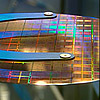
February 15th, 2008
admin
Source: Dailytech
Medical researchers from the Massachusetts General Hospital (MGH) Biomicroelectromechanical Systems (BioMEMS) have developed a new method of sampling circulating tumor cells (CTCs) from blood. The problem in the past with sampling these cells is that CTCs are rare in the blood stream and very fragile. Previous methods of analyzing CTCs require pre-processing of large blood samples, which often damaged the CTCs needed for testing.
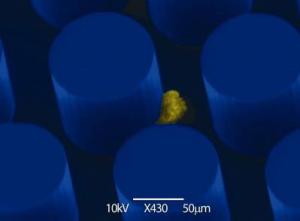
February 15th, 2008
admin
Source: Dailytech
The cloak itself is quite small, a mere 10 micrometers in width (PDF). The structure of the device is a simple thin layer of acrylic plastic with a pattern of concentric, two-dimensional rings atop a gold film. The ring pattern creates a negative refraction effect on visible light striking it, bending the plasmons around the object. While the light appears to have passed straight through the material, it has in fact gone around it.
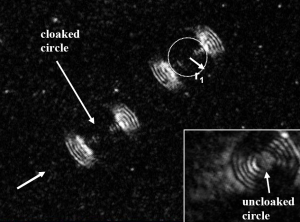
February 15th, 2008
admin
Source: Dailytech
Using micro-fabrication machinery at Draper Laboratory in Cambridge, the group etched out nano-scale patterns on a bed of silicone elastomer. The patterns, a collection of ridges and grooves, guide the direction of cellular growth to make it uniform rather than random.
February 15th, 2008
admin
Source: Dailytech
Researchers say that the amount of energy a currently lithium-ion battery can store is dependent on the amount of lithium it can store in its anode typically made from carbon. Silicon has a higher storage capacity than carbon. The use of silicon in lithium-ion batteries had been attempted before but the growing and shrinking process caused by adding and removing lithium caused the silicon to break down severely degrading the performance of the battery.
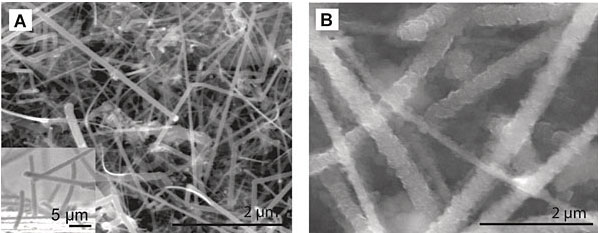
February 13th, 2008
admin
February 13th, 2008
admin
Source: BBCNews
Nasa has released details of its strategy for sending a human crew to Mars within the next few decades.
The US space agency envisages despatching a “minimal” crew on a 30-month round trip to the Red Planet in a 400,000kg (880,000lb) spacecraft.
Details of the concept were outlined at a meeting in Houston, Texas.
In January 2004, President George W Bush launched a programme for returning humans to the Moon by 2020 and – at an undetermined date – to Mars.
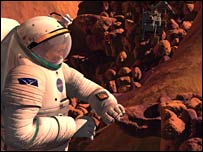
February 13th, 2008
admin
Source: BBCNews
Scientists have reversed the effects of ageing on the skin of mice by blocking the action of a specific protein.
In two-year old mice, Californian researchers found that they could rejuvenate skin to look more youthful.
Further analysis published in the journal Genes and Development showed the skin had the same genetic profile as the skin of newborn mice.

February 13th, 2008
admin
Source: Dailytech
Rambus looks to boost bandwidth with a 32X data rate. Just as DDR memory technologies doubles transfer on a single, full clock signal cycle, Rambus’ proposed technology is able to data at 32 times the reference clock frequency. With 32X technology, the memory company is targeting a bandwidth of 16Gbps per DQ link with memory running at 500MHz. In contrast, today’s DDR3 at 500MHz achieves a bandwidth of 1Gbps.

February 13th, 2008
admin
Source: http://www.hiptechblog.com/2006/05/11/fancy-a-million-gigabtye-hard-drive/
Researchers have finally found a way to create storage devices that are capable of storing millions of gigabytes of data. With the use of ferroelectric, the researchers from Drexel University and University of Pennsylvania are able to squeeze 12.8 million gigabytes of information into a cubic centimeter.
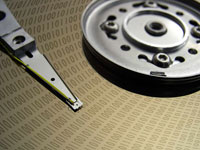
February 13th, 2008
admin
Source: techpowerup
Samsung Electronics has announced that it has developed the world’s fastest memory, a GDDR5 (series five, graphics double-data-rate memory) chip that can transfer data at six gigabits per second (Gbps). Samsung’s GDDR5, which will be introduced at a density of 512 Mb (16Mb x 32) chips, is capable of transmitting moving images and associated data at 24 gigabytes per second (GBps).

February 13th, 2008
admin
Source: Dailytech
Scientists at the University of Leeds have found a way to break biofuel byproduct sludge down into clean components

February 13th, 2008
admin
Source: Dailytech
In order to stop a vehicle, energy for the weapon is amplified using a generator and then converted into microwave radiation. The energy beam is then pin-pointed at the fleeing vehicle using a specially designed antenna.
A burst of energy lasting only 50 nanoseconds can effectively put a vehicle’s electrical system out of commission. Eureka Aerospace has already performed four successful tests on donated vehicles at distances of 10 to 50 feet.

February 13th, 2008
admin
Source: Dailytech
In all, the study claims that 1.49% of Chinese websites have malicious content within them. The study measures 145,000 of the most commonly visited Chinese websites and found that 2,149 of them contained malicious content.




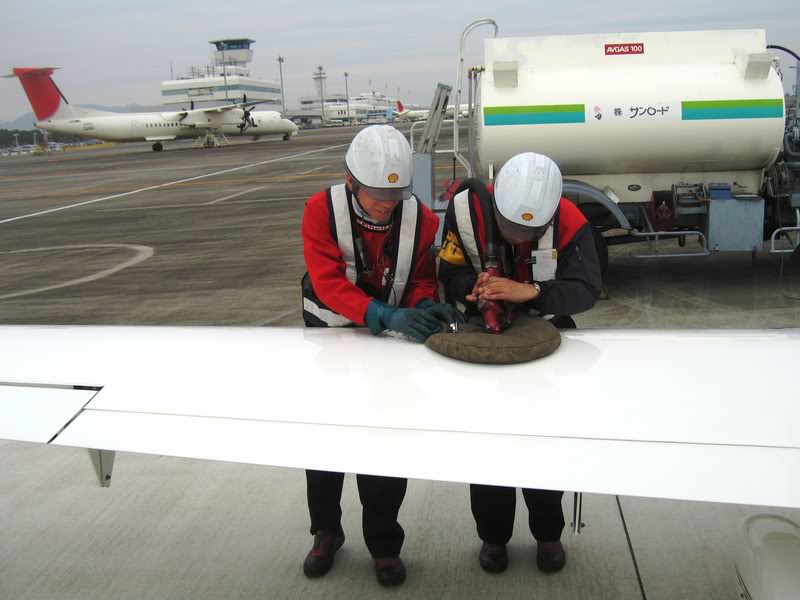








Recent Comments